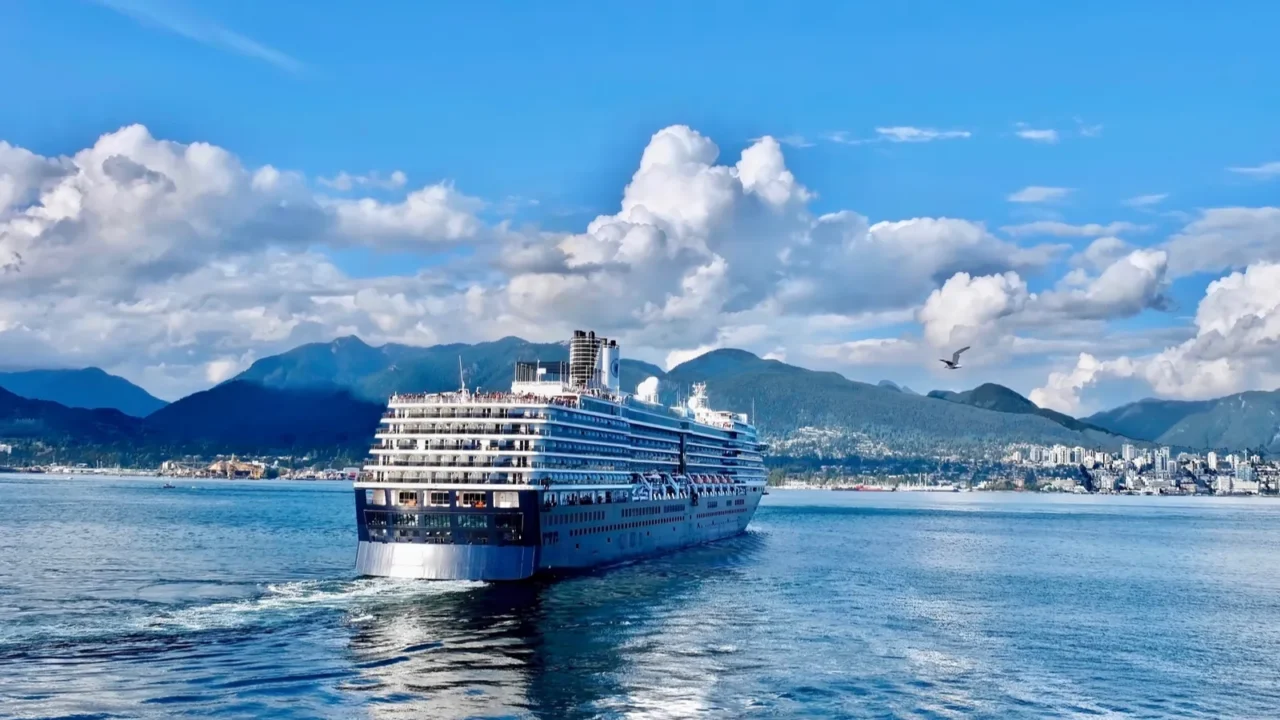
Retiring at Sea
Retirement no longer means staying put. A new wave of older travelers is choosing to live months or even years at sea. Long cruises offer an adventurous yet comfortable way to experience the world without the hassle of planning each trip from scratch.
With meals, housing, and entertainment all included, many retirees see life aboard as a smooth blend of leisure and practicality. Every sunrise brings a new view, and for many, that feels like freedom finally earned.

The big shift
Many retirees are wary of the rising costs and predictability of life on land. Aboard ship, expenses like maintenance, groceries, and property taxes vanish into one predictable fare. Cruise lines cater to mature travelers with stability, care, and comfort.
The shift is emotional as well as financial. People crave novelty and community over routine. Ships with gyms, medical centers, and onboard hobbies are becoming ideal spaces for active, social, and worry-free retirement living.
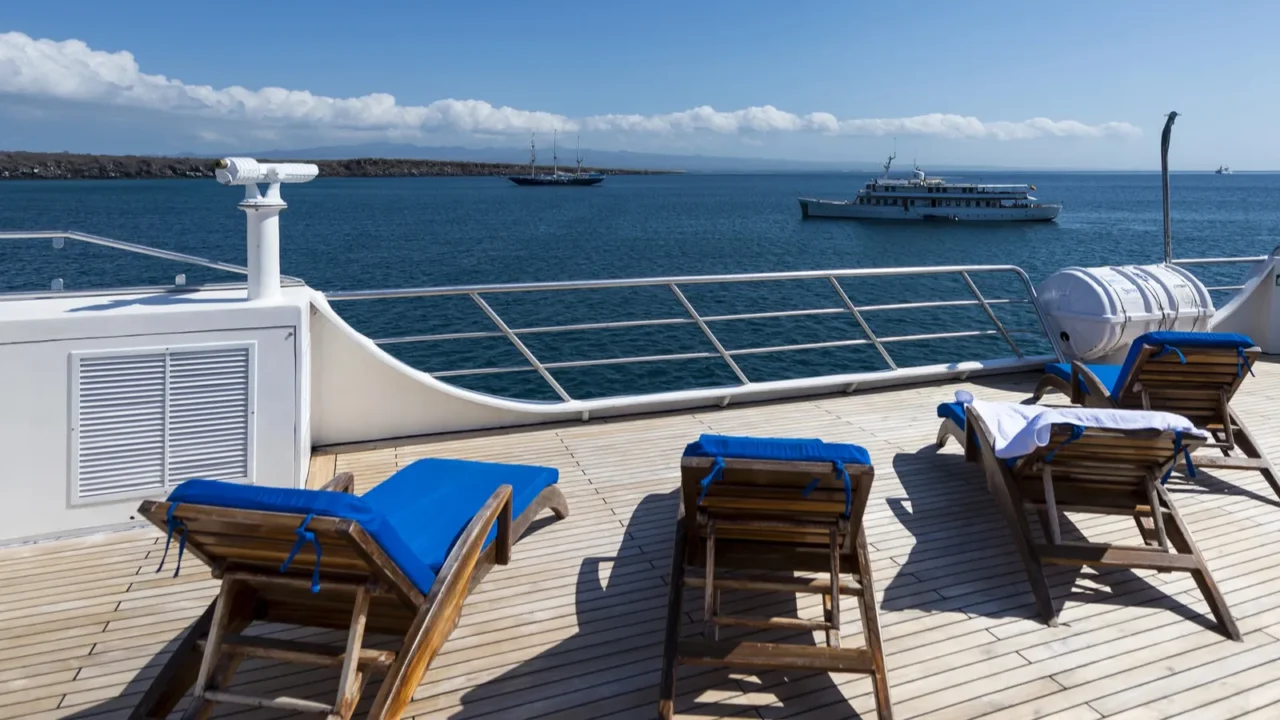
Life costs compared
When retirees compare budgets, ship life is often more expensive than it first appears. Full-time cruise living for two can cost between $130,000 and $190,000 annually, covering food, lodging, port fees, taxes, gratuities, and onboard spending. On land, housing and upkeep costs vary, but rarely reach this level unless in premium retirement communities.
Predictability remains a draw; meals, accommodations, and many activities are bundled. While not always cheaper, cruise living offers financial clarity, with fewer surprise expenses like repairs or property taxes. Retirees gain control over their lifestyle, even if the cost is higher than expected.
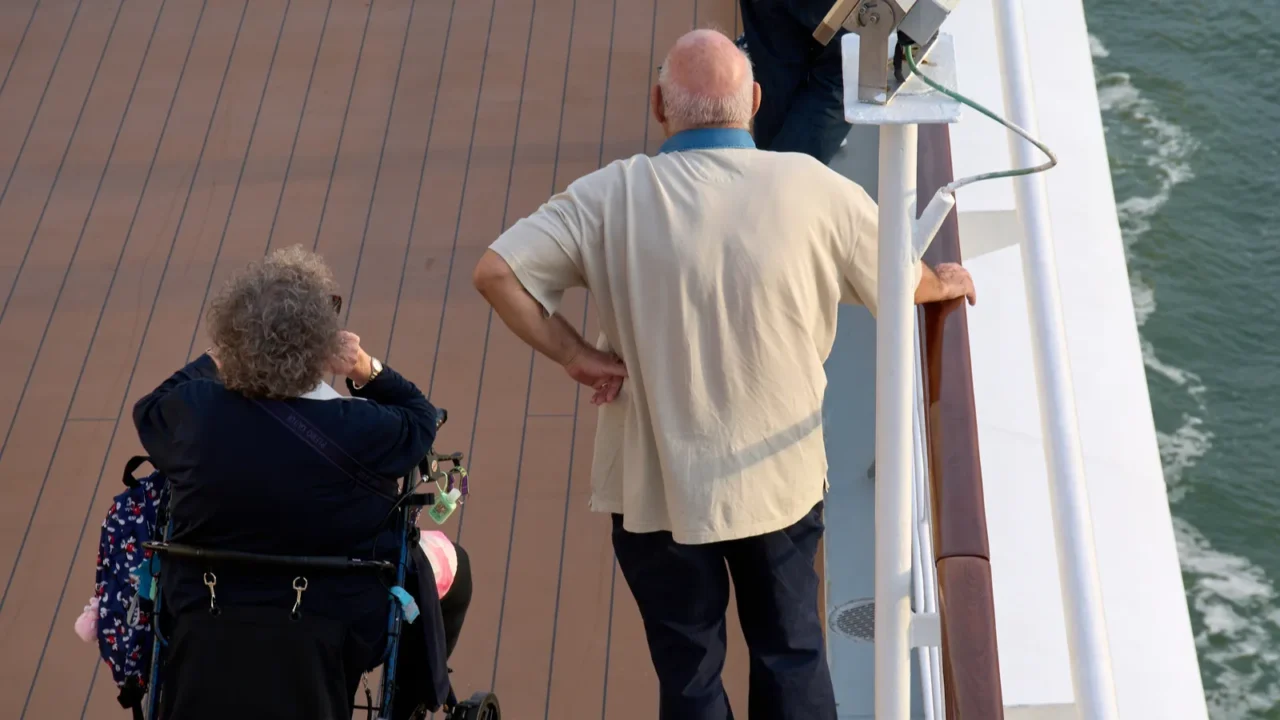
Meet the lifers
For some retirees, the ocean truly becomes home. Take Mama Lee Wachtstetter, an American who spent over a decade living on cruise ships, attending dance classes and social nights daily. Her story went viral as an example of a life both unconventional and content.
Others follow in her wake. From Australians booking back-to-back cruises to Americans rotating between fleets, the long-haul cruise lifestyle is becoming a real and inspiring choice for the modern retiree.
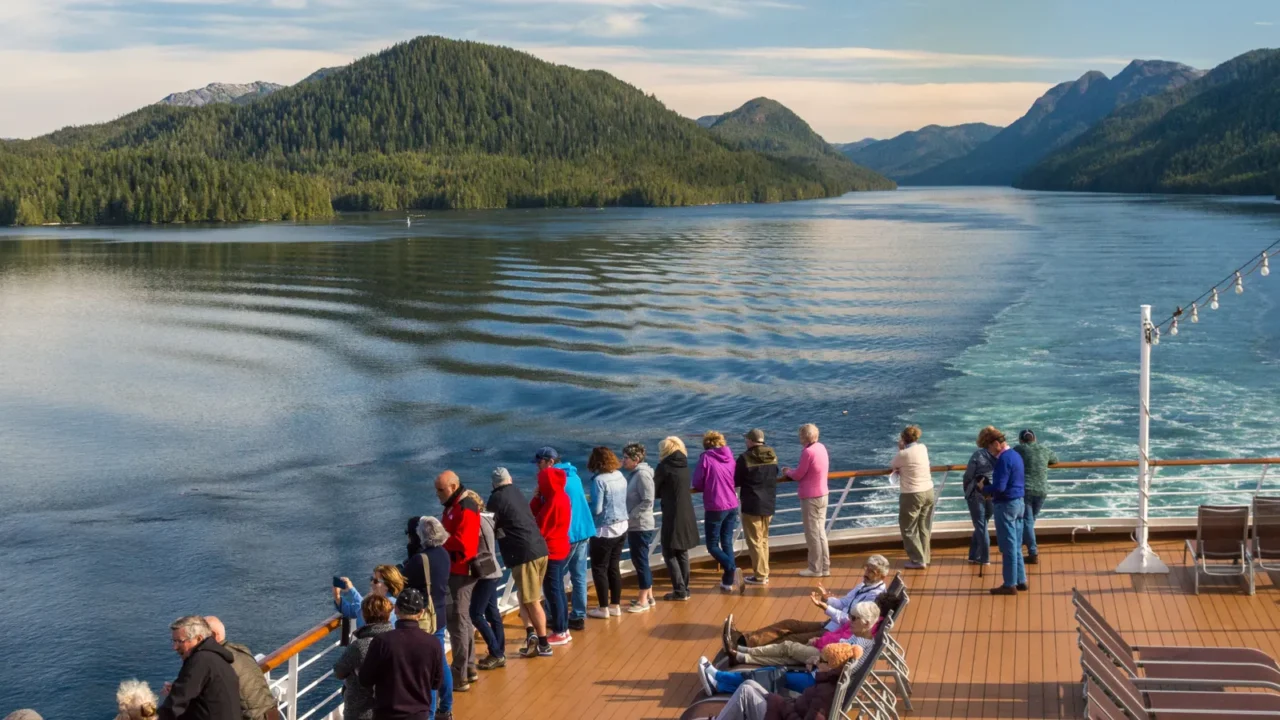
Who’s sailing now
The typical long-term cruiser is between 55 and 75, financially stable, and eager for connection and learning. Many are downsizing and choosing travel over property, freedom over routine. They see experiences as investments that keep the spirit young.
Health and curiosity play big roles. Ships provide accessibility, security, and social activities that land-based communities often lack. Retirement isn’t slowing down, it’s setting a faster, more scenic course.

Floating communities
Modern ships are more like small towns at sea. There are libraries, gyms, cooking classes, and live lectures. Retirees fill their days with activities, from language lessons to photography workshops, all within steps of their cabins.
Comfort and safety come first. Medical facilities, accessible rooms, and attentive staff create a sense of security. It feels less like being on vacation and more like joining a thriving floating community that never stops moving.
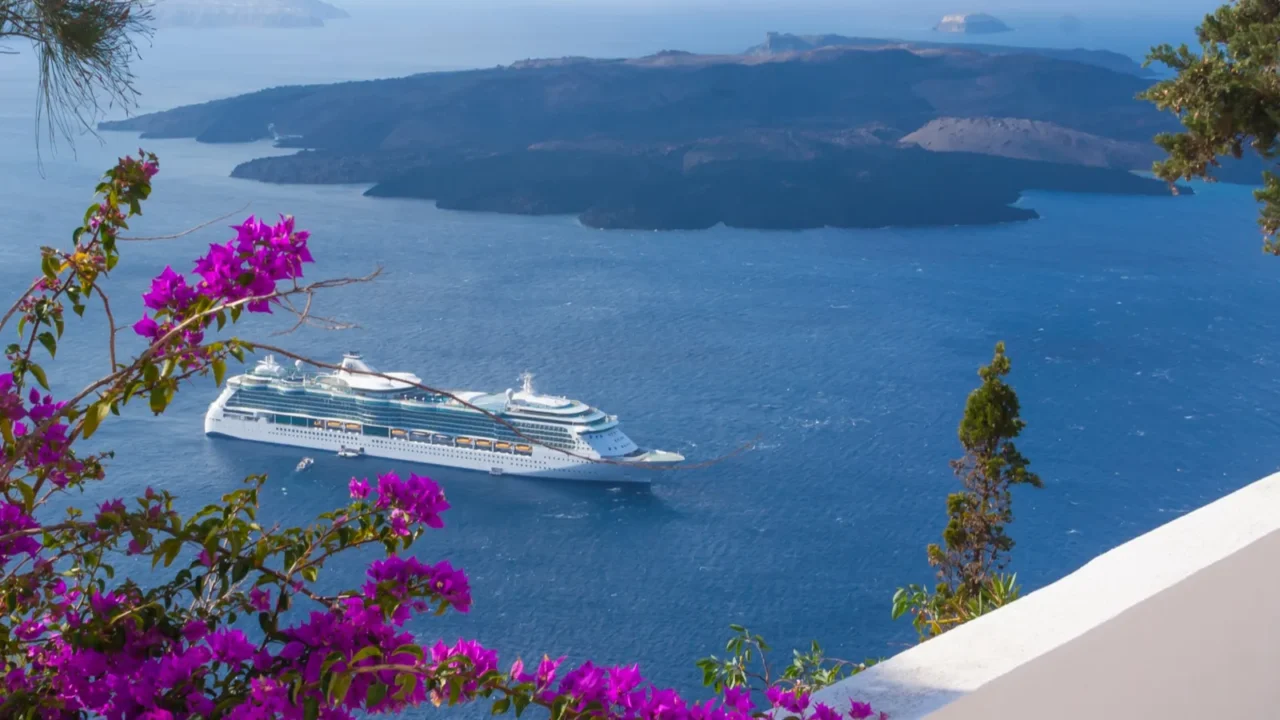
Endless destinations
The joy of a multi-month cruise lies in variety. Imagine waking up in Barcelona one week and Istanbul the next, tasting each destination’s rhythm before sailing on. Retirees get to collect experiences rather than souvenirs.
Many itineraries linger in port longer than traditional cruises, allowing travelers ample time to explore in depth. Whether it is village walks in Vietnam or sunset strolls through Greek harbors, the journey becomes a rotating postcard of the world’s best views.

How it works
Living aboard requires a little logistics. Cruise lines now offer medical assistance, laundry services, and support with travel paperwork. Passengers can stay connected through improved internet access and digital mail forwarding systems.
Packing smart is key. Retirees bring capsule wardrobes and essentials, knowing everything else is within reach on board. Over time, routines emerge: morning coffee on deck, a book in the afternoon sun, dinner with new friends by night.
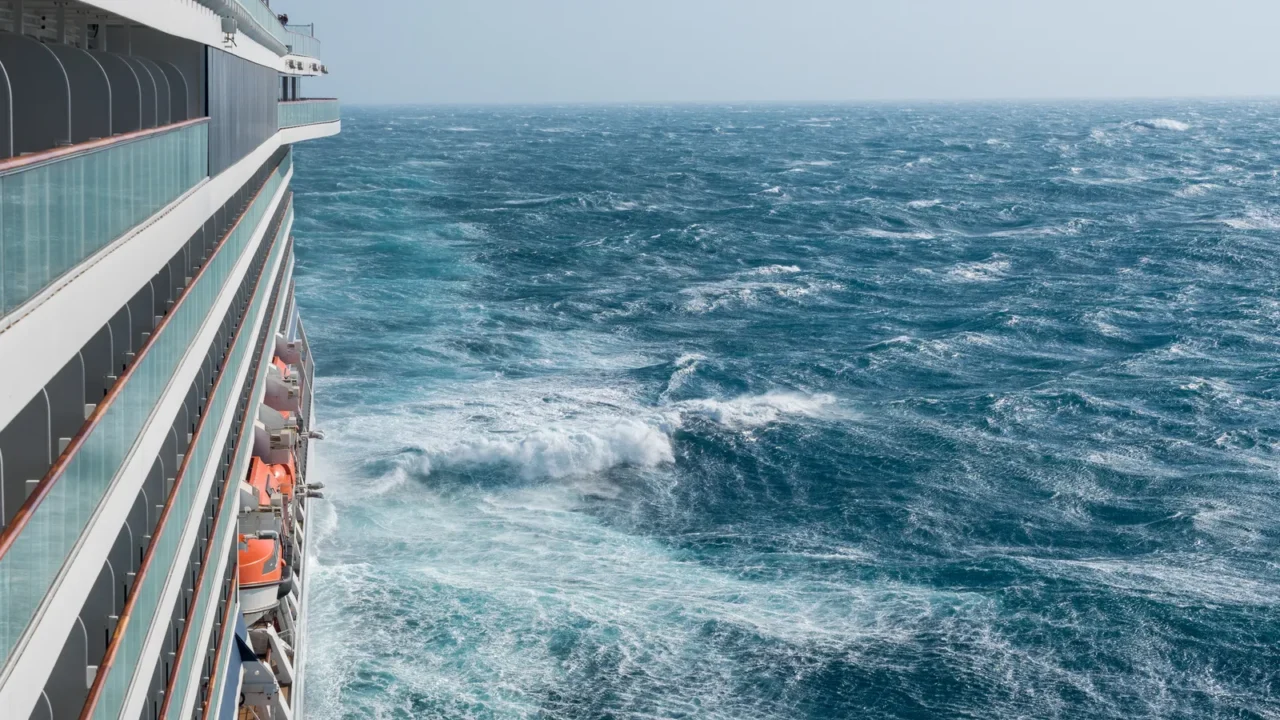
Risks and reality
This lifestyle is not perfect. Emergencies that go beyond a ship’s clinic may need evacuation to shore hospitals. Storm delays and canceled ports can disrupt even the best-planned routes.
Homesickness can surface, too. Being away for months means missing family moments or familiar spaces. The successful “sea lifers” are the ones who plan realistically, travel with insurance, and keep perspective when the ocean throws a curveball.
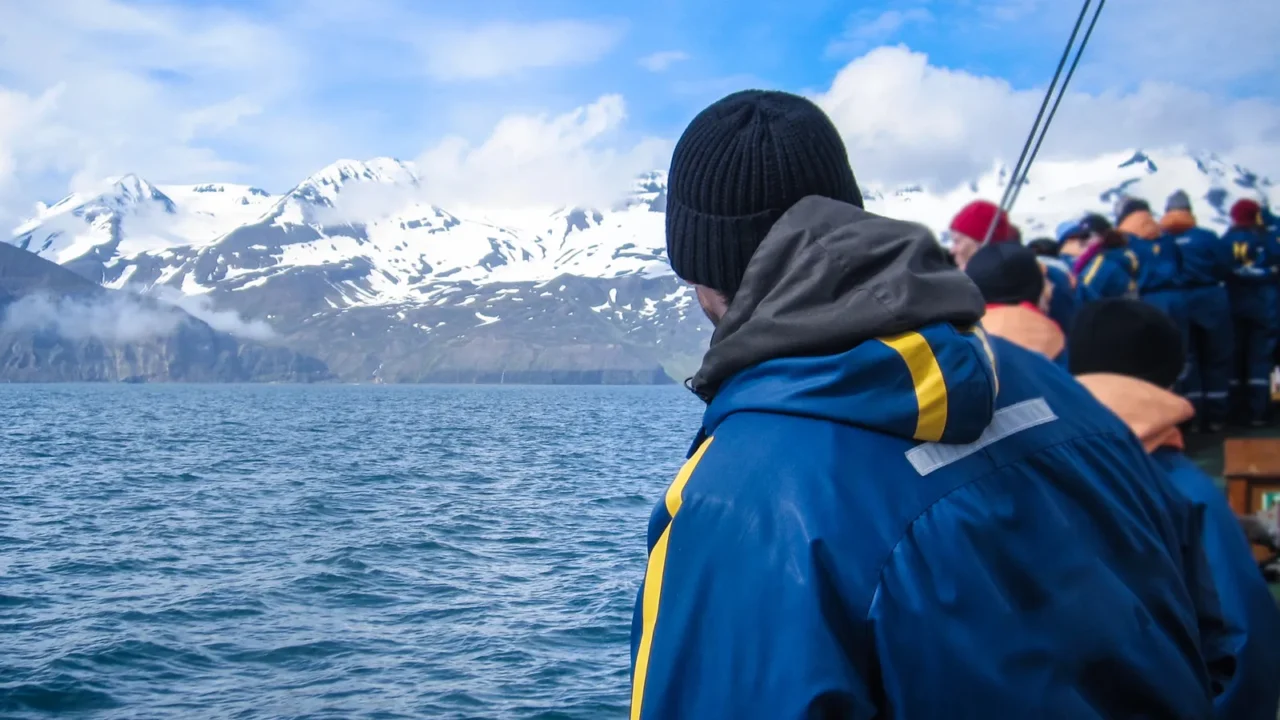
Eco concerns
Cruise ships are under pressure to reduce emissions and waste. Many companies are responding by adopting cleaner fuels, smarter waste systems, and stricter environmental standards. Retirees, often conscious travelers, increasingly choose eco-forward cruise lines.
These changes matter. The goal is to make long-term living at sea sustainable, not just luxurious. As the demand grows, so does the industry’s responsibility to keep oceans as clear as the horizons retirees chase
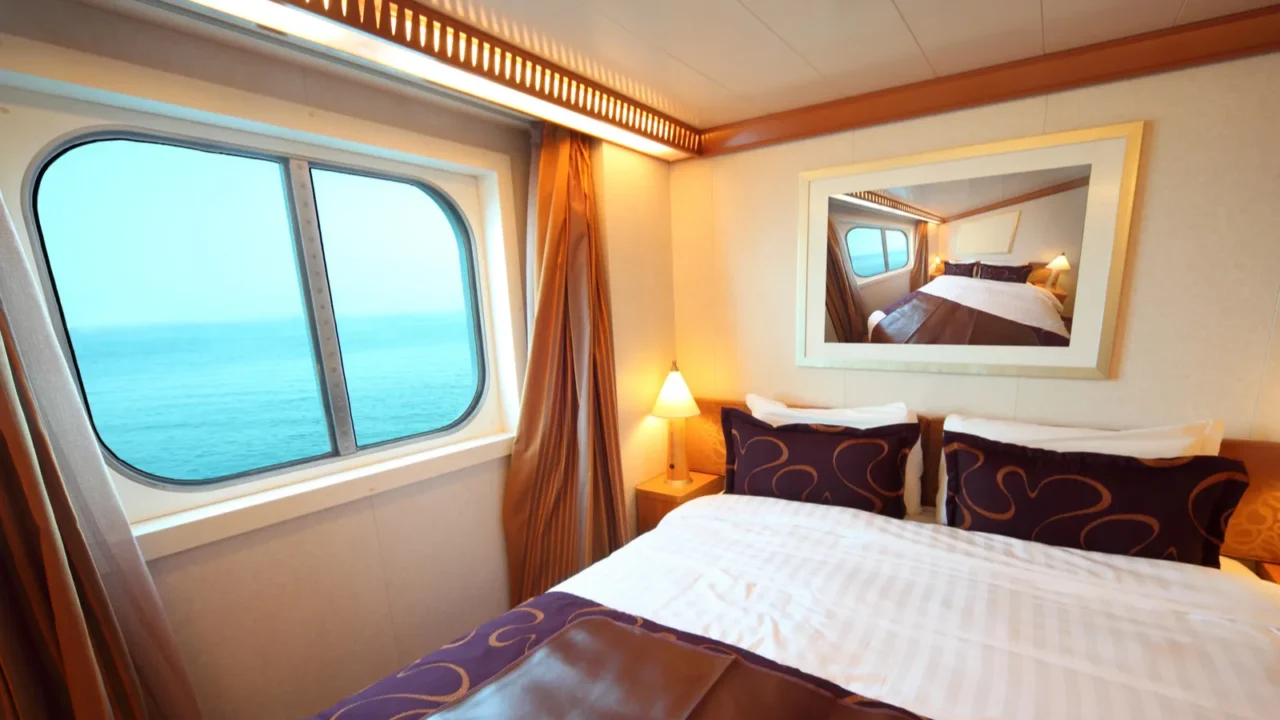
Floating homes
Beyond cruise itineraries, residential ships are emerging as permanent floating communities. Projects like Storylines’ MV Narrative let residents buy or lease private homes that sail the globe, complete with restaurants, gyms, and medical centers.
It is retirement with roots, not just mobile ones. Owners decorate their apartments, join neighborhood clubs, and enjoy slow world travel. It’s a bold reimagining of retirement, where the home address might always start with “At Sea.”

Smart spending
Financial planning is the anchor of this lifestyle. Retirees calculate total yearly costs, from cabins to insurance and excursions, before committing. Many find cruise living comparable to or cheaper than maintaining a property on land.
Loyalty programs, seasonal deals, and early bookings stretch budgets further. Some travelers even rent out their land homes to fund longer voyages. Smart retirees view the sea not as an expense but as a floating investment in happiness.
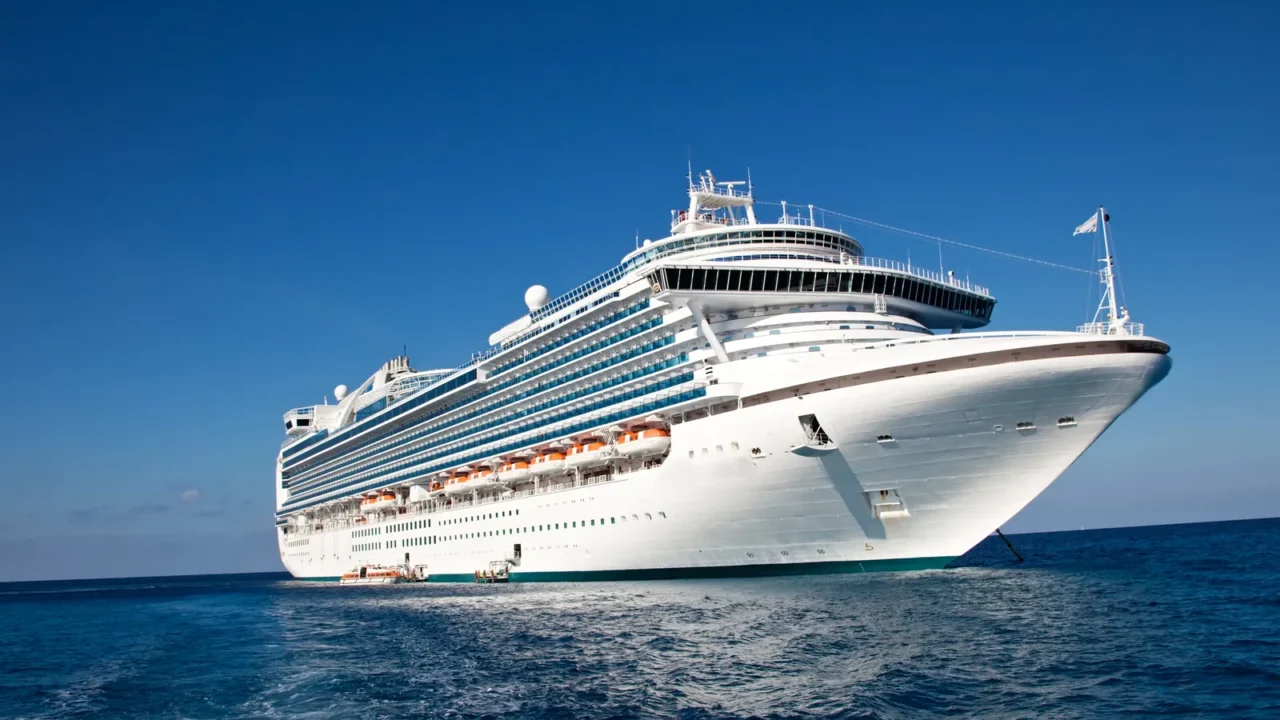
Choosing your ship
Not all cruises are the same. Some focus on cultural exploration, others on wellness or education. Smaller ships mean intimate experiences; larger ones provide endless amenities. The trick is finding your pace, fast-moving itineraries or slow, immersive routes.
Accessibility matters too. Before booking, retirees check medical care availability, shore access, and comfort levels. The right ship can make the difference between a good trip and a life-changing one.
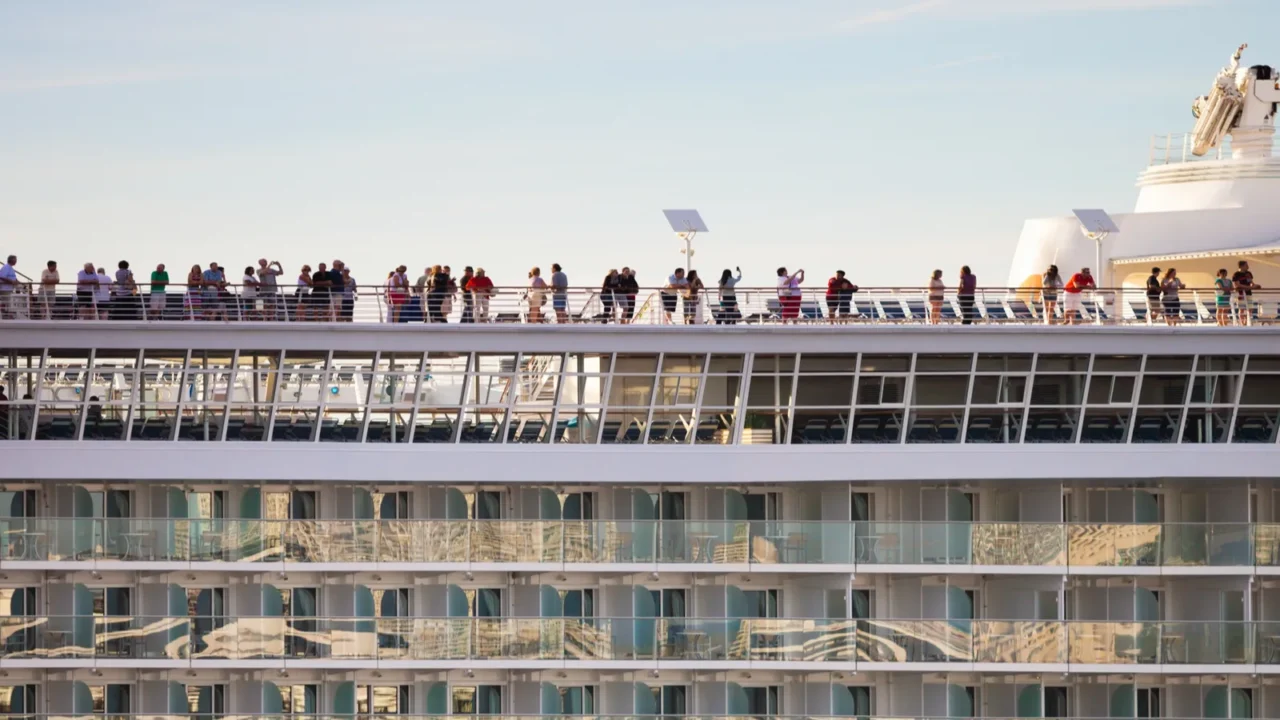
Built-in community
One of the biggest joys of living aboard is the instant sense of community. Shared meals, dance nights, trivia contests, and group excursions foster friendships that often last beyond the voyage.
For many retirees, this lifestyle erases loneliness. Every port brings new faces, stories, and laughter under the same stars. Social connection is not just a perk, it’s one of the most powerful reasons people keep coming back to sea life.
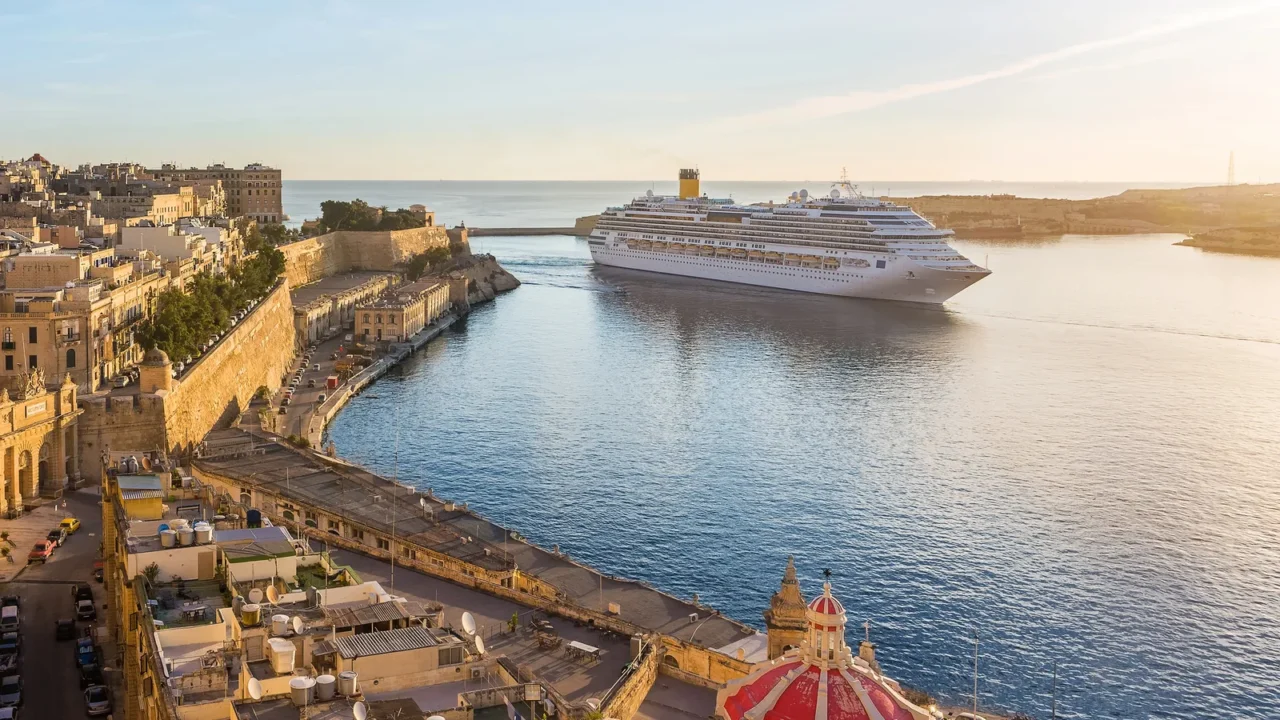
What’s next
Cruise companies are designing ships specifically for long-term residents, complete with telemedicine, stronger Wi-Fi, and flexible itineraries. For newcomers, these top survival tips for your first-ever cruise help make the transition to sea life smooth and stress-free.
Technology will keep fueling this shift, such as eco-friendly designs, remote work capabilities, and health monitoring onboard will attract the next generation of retirees. Soon, living at sea could be as common as owning an RV, only with ocean views instead of highways.
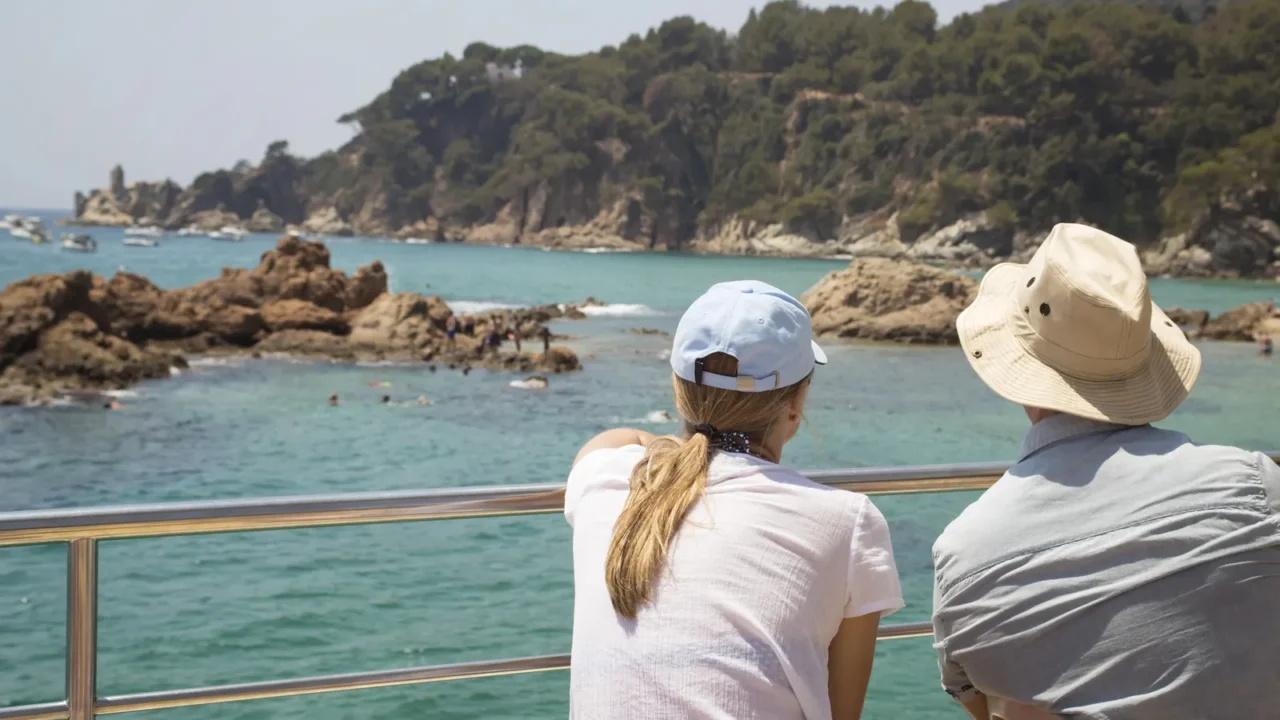
Sea of possibilities
For retirees who crave adventure but value comfort, long cruises offer both. It is a lifestyle of sunsets, fresh horizons, and friendships that never feel routine. As new forgotten ports returning to American cruise itineraries, the options for discovery only keep expanding.
It takes courage to trade land for the ocean, but for many, it becomes the best chapter of their lives. The sea no longer marks the edge of the map, it has become the place they finally call home.
Could this be the future of how we retire? Let us know in the comments.
Read More From This Brand:
- The truth behind why planes don’t fly over the Pacific Ocean
- International students what you need to know about Trump’s travel ban
- Arizona’s stunning yet polluted lake still draws adventurers
Don’t forget to follow us for more exclusive content right here on MSN.
This slideshow was made with AI assistance and human editing.